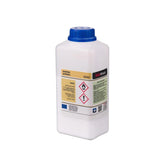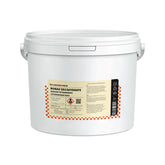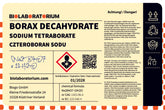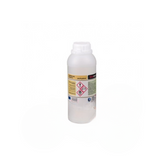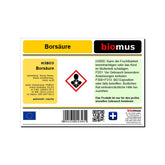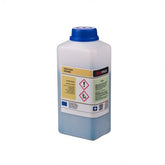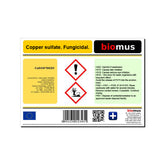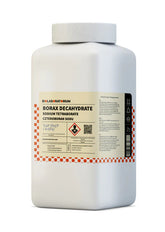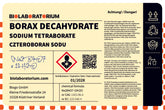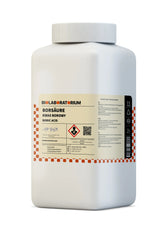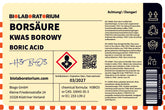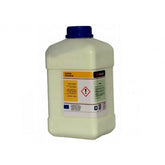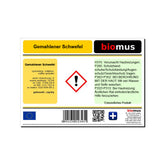Litmus paper: Precise pH measurements for laboratory and industry
Precise pH measurements are essential in many areas of science, industry, and research. Whether in chemistry, biology, environmental analysis, or food production - the accurate determination of pH value is often crucial for quality, safety, and efficiency. One of the most important tools for this are litmus papers, which have been considered reliable pH indicators for centuries.
The history of litmus paper
The use of litmus as a pH indicator dates back to the 14th century. The blue dye was originally extracted from certain lichen species and served alchemists and early chemists to distinguish between acids and bases.
In the 19th century, scientists then developed litmus paper, where the litmus dye was applied to paper strips. This allowed the pH value of a solution to be determined simply and quickly through color change. Litmus paper quickly became a standard tool in laboratories and industrial plants worldwide.
How does litmus paper work?
The principle of litmus paper is based on the ability of the litmus dye to change its color depending on the pH value. In acidic solutions (pH < 7), litmus appears red, while in basic solutions (pH > 7) it appears blue.
The color change is based on chemical reactions of the litmus dye with hydrogen ions (H+) in the solution. In an acidic environment, H+ ions predominate, leading to protonation of the dye and thus the red coloration. In a basic environment, however, hydroxide ions (OH-) dominate, which deprotonate the dye and thus produce the blue color.
Precise pH measurements with litmus paper
Modern litmus papers are available in various versions that differ in color scale, sensitivity, and application area:
Universal indicator paper
The classic universal indicator paper shows a wide pH range of 1-14. It is suitable for rough orientation measurements where only an approximate assessment of the pH value is needed.
pH indicator papers
Special pH indicator papers cover a narrower pH range, e.g., 4-7 or 7-10. They offer higher resolution and accuracy than universal indicators and are therefore suitable for more precise measurements.
Special papers
In addition to standard variants, there are also litmus papers for special applications, such as those with increased temperature stability or resistance to aggressive chemicals. These special papers are primarily used in industry and research.
Regardless of the model, litmus papers are simple and intuitive to use: briefly dip the paper strip into the liquid to be measured or apply a drop to the paper. The resulting color change can then be directly translated into a pH value using a color scale.
Applications of litmus paper
Litmus paper has become indispensable in many areas. Some examples of typical applications:
Chemistry and biochemistry
In chemical and biochemical laboratories, litmus paper is used for routine checks of solutions, buffers, and reagents. It enables quick and simple pH controls.
Environmental analysis
In environmental analysis, litmus paper is used to examine water, soils, and wastewater. For example, it can detect acidification trends or contamination.
Food production
Litmus paper is also an important testing tool in the food industry. It is used to monitor pH-critical processes such as cheese ripening or wine production.
Medical applications
In the medical field, litmus paper is used for analyzing body fluids such as urine or gastric juice. Here, it provides important information for diagnosis and therapy.
Industrial processes
Litmus paper also plays an important role in industrial production processes, such as quality control of chemicals, cleaning solutions, or electroplating baths.
Modern alternatives to litmus paper
Although litmus paper remains widely used, there are now digital alternatives for pH measurement. Electronic pH meters provide more precise measurements and enable continuous monitoring. Nevertheless, litmus paper remains an indispensable tool due to its simplicity, robustness, and cost-effectiveness, especially in areas with limited resources.
Over the centuries, litmus paper has proven to be a reliable and versatile pH indicator. With its intuitive handling and broad applicability, it will continue to play an important role in science, industry, and everyday life.
